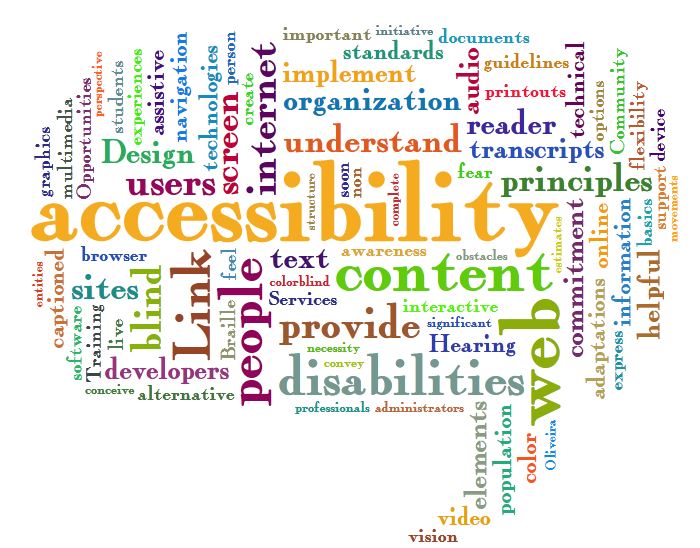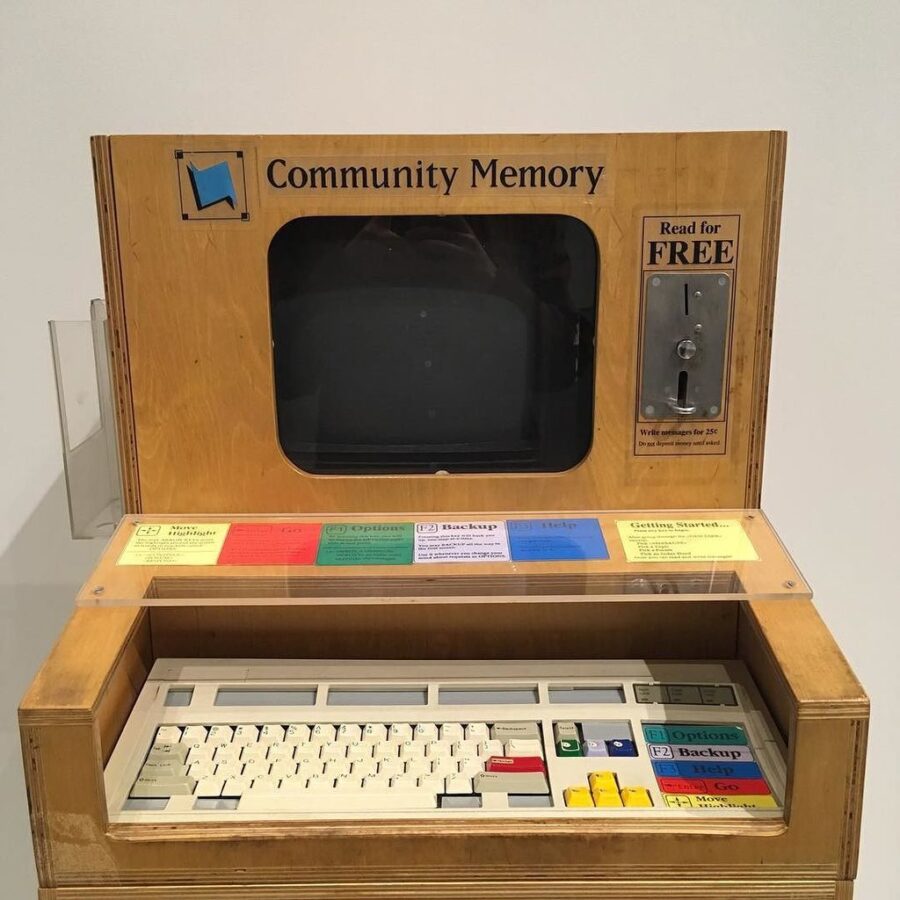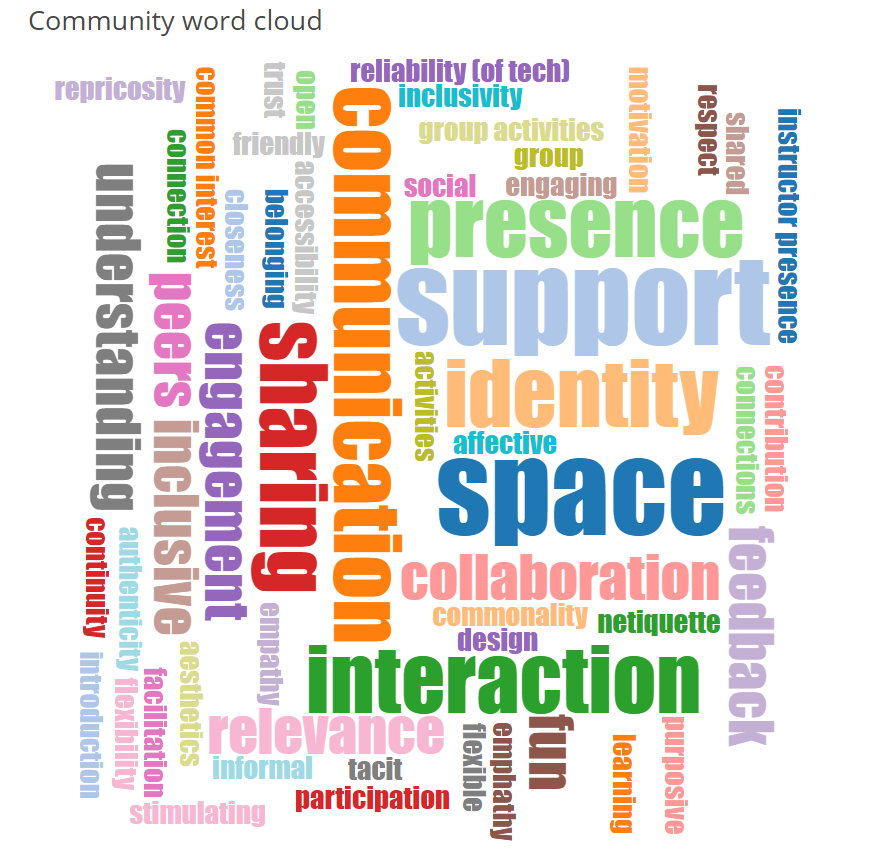Transactional distance describes the psychological and communicational distance that may arise in any instructional context. It is determined by the degree of interaction amongst learners, teachers, their institutions, and their environments.
According to the Manifesto for Teaching Online, distance is not only geographical, but also psychological, temporal, spatial, communicational, emotional, political, and social. All of these interact in online education and profoundly impact on the students’ engagement with courses and programmes, and so it is important to consider it in our teaching and learning design.
In general, as transactional distance increases, student experience, satisfaction, course engagement and completion, and educational outcomes are all reduced.














